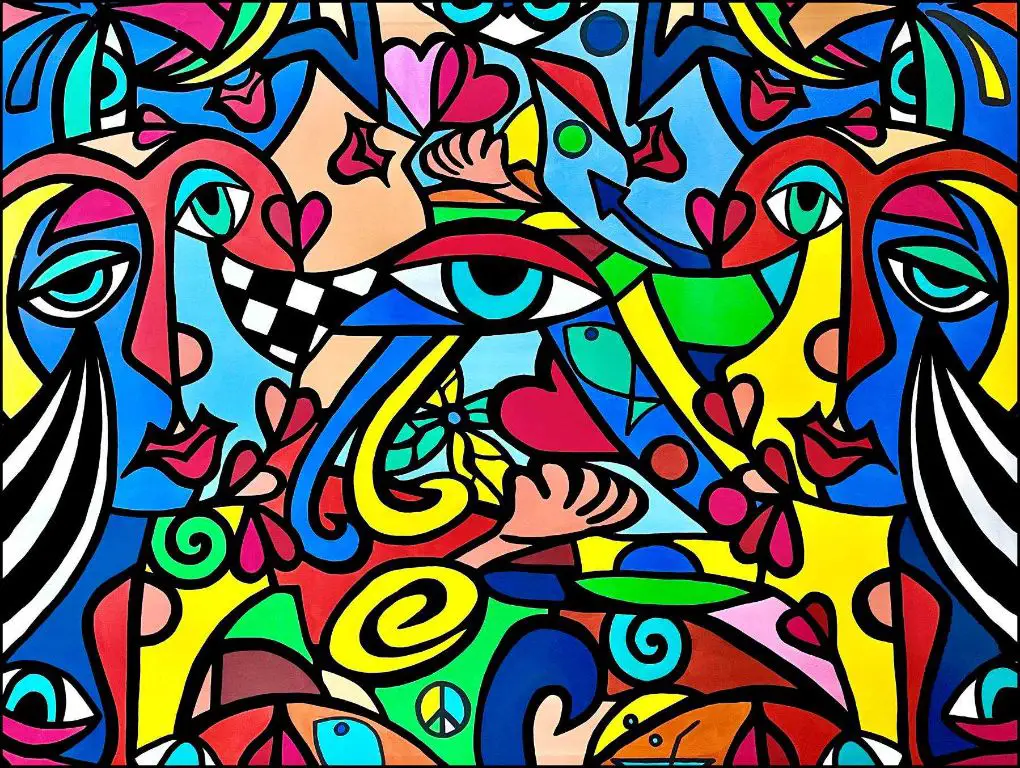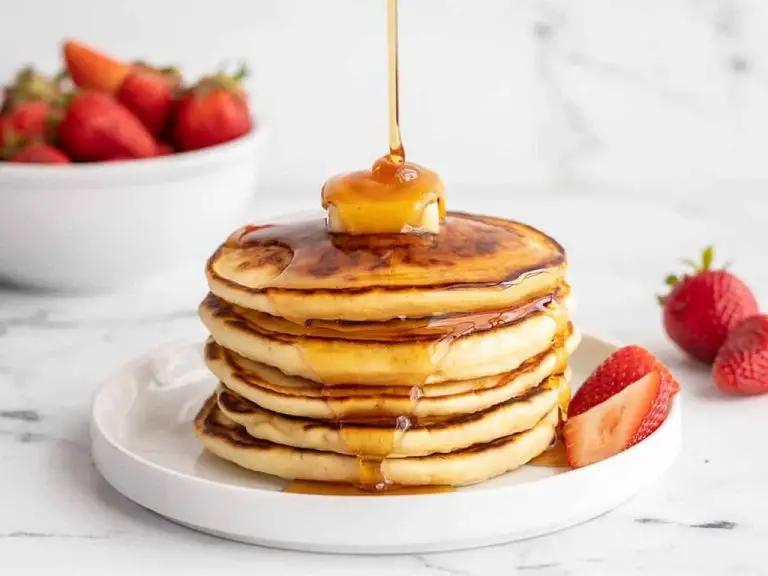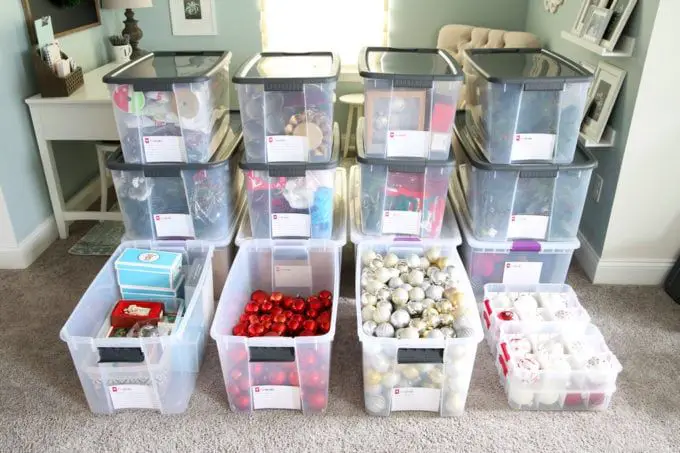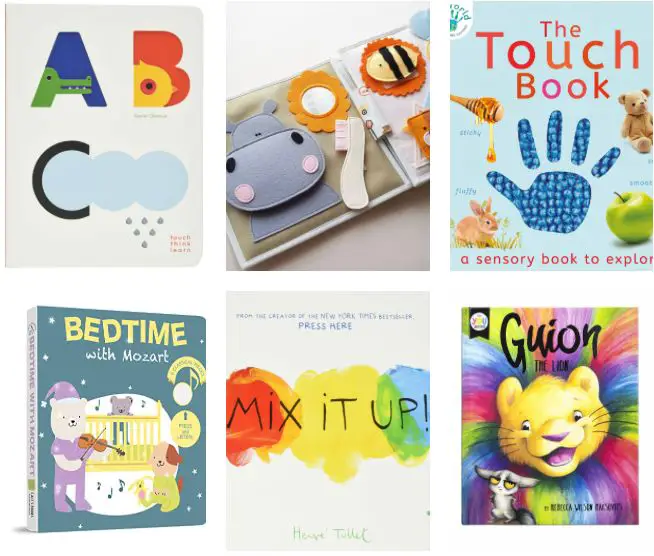What Is This Colouring?
Coloring is the activity of adding color to a black and white outline image, typically in a coloring book or printable format. Coloring has been around for centuries but has seen a resurgence in popularity in recent years.
The first coloring books were published in the 1880s for children to color with crayons. They remained popular with children for years. However, in the 1960s, art therapists began using coloring books and pages with adults as a form of relaxation and stress relief. This started the adult coloring trend.
In the early 2000s, the popularity of adult coloring books exploded. Books by Johanna Basford like Secret Garden and Enchanted Forest became hugely popular sellers. The trend continued to grow through the 2010s. Many major publishers now produce intricate adult coloring books across a variety of themes. The combination of stress relief, creativity, and nostalgia has fueled adult coloring as a popular hobby.
Benefits of Coloring
Coloring books and coloring activities offer many benefits for both mental and physical health. Some of the key benefits include:
Stress relief – Coloring requires focus and attention, which allows your mind to let go of other thoughts and stressors. The repetitive motion involved in coloring has a calming effect that activates the brain’s reward pathways and lowers the stress hormone cortisol (source).
Creativity – Coloring encourages creative expression and activates different areas of the brain involved in visual processing and fine motor skills. Choosing color combinations and bringing imagery to life on the page sparks creativity (source).
Focus – The meditative, repetitive nature of coloring improves focus and concentration. This can help exercise the parts of the brain responsible for focus that are weakened by continuous multi-tasking and digital distractions (source).
Memory – The brain exercise involved in coloring can help improve memory over time. Coloring intricate patterns and shapes forces the brain to recall little details, engaging short-term memory (source).
Improved sleep – Coloring before bedtime can aid sleep by reducing anxiety and slowing heart rate and breathing. This relaxation effect helps quiet the mind and ease the transition into quality sleep (source).
Types of Coloring Books
There are many kinds of adult coloring books available today, with different themes and purposes. Some popular types include:
Mandalas
Mandalas are circular geometric designs that are found in many cultures and religions. Mandalas represent the universe and are used as meditation and relaxation tools. Mandalas coloring books feature intricate patterns inside a circle. Coloring mandalas can have a centering, calming effect.
Animals
For animal lovers, there are tons of coloring books featuring cute creatures like cats, dogs, horses, owls, and more. These books allow you to create your own vibrant versions of your favorite animals. Focusing on the details of animals can be a peaceful, engaging activity.
Patterns
Pattern books offer repeating shapes and designs on each page. These can include geometric patterns, florals, mandalas, Celtic knots, paisleys, and more. The repetitive nature of patterns can induce a meditative state while coloring.
Scenes
Scenic coloring books allow you to color realistic or imaginary environments like gardens, forests, cities, planets, and fantasy lands. Completing an entire detailed scene provides a sense of creative accomplishment.
Portraits
Portrait coloring books feature outlines of faces that you bring to life with color. These can include people, historical figures, or characters from pop culture. Portrait coloring involves close attention to facial features and expressions.
Abstract
Abstract designs have bold shapes and forms without defined objects. Coloring abstract images lets you focus on color combinations, textures, and creative expression. The ambiguity can be relaxing as you color freely without trying to recreate reality.

Coloring Techniques
There are several popular techniques used in adult coloring to create different effects. Here are some of the main techniques:
Shading – Shading involves using light and dark values to create the illusion of form and depth. Start with a light base layer and gradually add darker colors in the shadows. Soft, gradual blends give a smoother look.
Blending – Blending smooths out and mixes two or more colors together. Use a colorless blender pencil or markers to softly fade the colors into each other.
Cross-hatching – Cross-hatching is making multiple intersecting lines to build up texture and value. Use these line designs to add interesting patterns.
Stippling – Stippling creates tone and texture with tiny dots rather than solid lines. Vary the density of dots for different values.
Contouring – Contouring involves using lines to define shapes and create the illusion of form. Use varied line weights to accentuate contours.
Layering – Layering refers to applying multiple layers of colors. Start with lighter colors and gradually build up to darker shades. Allowing layers to show through creates depth.
Combining techniques gives more complex and artistic effects. For example, try shading with cross-hatching or blending with stippling. Experiment to find your favorite coloring techniques. (https://diycandy.com/adult-coloring/)
Coloring Tools
When it comes to coloring, having the right tools can make all the difference in creating beautiful works of art. Some of the most popular and effective coloring tools include:
Colored pencils are versatile and allow for both broad strokes and fine details. Many adult coloring enthusiasts recommend using high-quality pencils with soft leads, such as Prismacolor or Faber-Castell Polychromos pencils. These lay down vivid, blendable color while still maintaining a sharp point for precision (https://www.momsandcrafters.com/how-to-color-the-best-tools-for-adult-coloring/).
Gel pens contain gel ink that produces a glossy, opaque finish. Sakura Gelly Roll pens are praised for their smooth ink flow, and they come in metallic, glitter, neon, and other fun colors. Gel pens are great for adding accents and details to colored pencil work.
Markers allow for broad coverage and come in alcohol-based and water-based varieties. Alcohol markers like Copic and Prismacolor have vibrant color laydown. Water-based markers are lower odor and can produce painterly effects when blended. Markers work well for filling larger areas and backgrounds.
Crayons and colored chalk are budget-friendly options. While they may not offer the same level of control as pencils, their soft, waxy color can be appealing when blended. They are easy to layer and mix hues.
Trying out a variety of high-quality coloring supplies can help you determine your preferences and the effects you want to achieve in your artwork.
Color Theory
Color theory is the science and art of mixing pigments to create specific colors and color schemes. It helps explain how humans perceive color and the visual effects of color combinations. Some key aspects of color theory include:
Primary colors are red, yellow, and blue. These colors can’t be created by mixing other colors. Secondary colors are created by mixing two primary colors equally. For example, red and yellow make orange. Tertiary colors are made by mixing a primary and secondary color. Mixing red and orange makes red-orange.
Complementary colors are opposite each other on the color wheel. Common complements are red/green, blue/orange, and yellow/purple. Complementary colors create high contrast and vibrancy when placed next to each other. Using complementary colors helps make things stand out (Source).
Color psychology examines how colors affect emotions and behaviors. Red is associated with energy, blue with tranquility, and green with nature. Warm colors like red and yellow can increase arousal and appetite. Cool colors like blue and green have calming effects. Businesses use color psychology in branding, marketing, and interior design.
Therapeutic Aspects
Coloring has a number of therapeutic benefits for both mental and physical health. The mindfulness involved in coloring can help lower anxiety and stress levels by focusing the mind in a calming, repetitive activity. This focused concentration helps quiet worries and negative thoughts, bringing a sense of mindfulness and presence.
Research has shown that engaging in creative activities like coloring can reduce anxiety levels by as much as 75%. The act of choosing colors and deciding how to fill in spaces engages the creative side of the brain. This stimulates areas involved in decision-making, focus, and problem-solving. Having an artistic outlet like coloring allows the mind to express itself creatively, which can boost mood, reduce stress, and create a sense of calm.
Coloring requires focused attention and concentration, which can help improve focus by training the brain to concentrate on the present moment. The meditative nature of coloring shifts focus away from stressful thoughts, bringing a state of mindfulness. This focused attention has been shown to significantly reduce anxiety and negative ruminations. Overall, the therapeutic benefits of coloring make it a helpful self-care tool for reducing stress and cultivating mindfulness.
Sources:
https://www.webmd.com/balance/features/benefits-coloring-adults
Neurological Effects
Coloring has been shown to activate different areas of the brain and affect us cognitively and emotionally. According to research cited in this article, coloring within spatial boundaries of a defined shape utilizes the visual cortex and parietal lobe, which process visual information and spatial awareness. The repetitive motion involved in coloring activates the frontal lobe, which regulates emotions. Coloring also stimulates the amygdala, which is involved in processing emotions, and the reward/pleasure centers in the brain.
The neurological effects of coloring create a meditative state and relaxed focus similar to mindfulness practices. The combination of focusing on the present task while the mind is in a relaxed state provides a therapeutic respite from stressful thoughts. Coloring gives our overactive minds a point of focus to naturally relax the “fight or flight” stress response. According to research, even short coloring sessions of 10-15 minutes can induce the types of neurological states required to reduce anxiety and create feelings of calm.
Getting Started with Adult Coloring
If you’re new to adult coloring, here are some tips to help you get started on this relaxing and creative hobby:
Choosing Coloring Books and Tools
First, browse coloring books and choose a style you enjoy – abstract, patterns, mandalas, animals, landscapes, etc. Quality coloring books have one-sided pages printed on thicker paper. Basic supplies include colored pencils, gel pens, and markers. Opt for student or professional grade supplies versus children’s crayons for best results.
Refer to Coloring 101 for Adults: The Ultimate Guide for specific book and supply recommendations.
Learning Techniques
Coloring isn’t just for kids! Learn basic techniques like layering, burnishing, cross-hatching, and more to add dimension. See Coloring for Adults 101 for tutorials on using various mediums.
Scheduling Time
Set aside time for coloring every day or a few times a week. Even short 15-20 minute sessions offer relaxation. Choose times when you can coloring without distractions or interruptions.
Joining Coloring Groups
Connect with other coloring enthusiasts online or in-person. Share your finished pages and find inspiration, tips, and encouragement. Many libraries and local shops host coloring events.
With some basic supplies, techniques, and scheduled time, you’ll be on your way to enjoying the stress-relieving benefits of adult coloring.
Conclusion
Coloring has many benefits for both children and adults. It helps develop motor skills, vision, and focus in children. For adults, coloring provides stress relief, creativity, and mindfulness. This article covered the main types of coloring books, including mandalas, patterns, animals, nature scenes, and more. Techniques like alternating colors, shading, blending, and layering can create beautiful and relaxing effects.
Coloring requires minimal supplies to get started. Colored pencils, markers, pens, and even crayons allow endless experimenting and creativity. Understanding color theory concepts helps in selecting color combinations that look visually appealing. While coloring alone is beneficial, coloring in groups or taking a guided coloring class enhances social connections.
Overall, coloring is an enjoyable and therapeutic hobby for all ages. It exercises the mind, reduces anxiety, and opens the imagination. With a coloring book and some basic tools, anyone can tap into these rewards. Coloring offers an accessible way to practice mindfulness, express creativity, and simply relax. There are always new techniques to try and fresh pages to fill with color.





